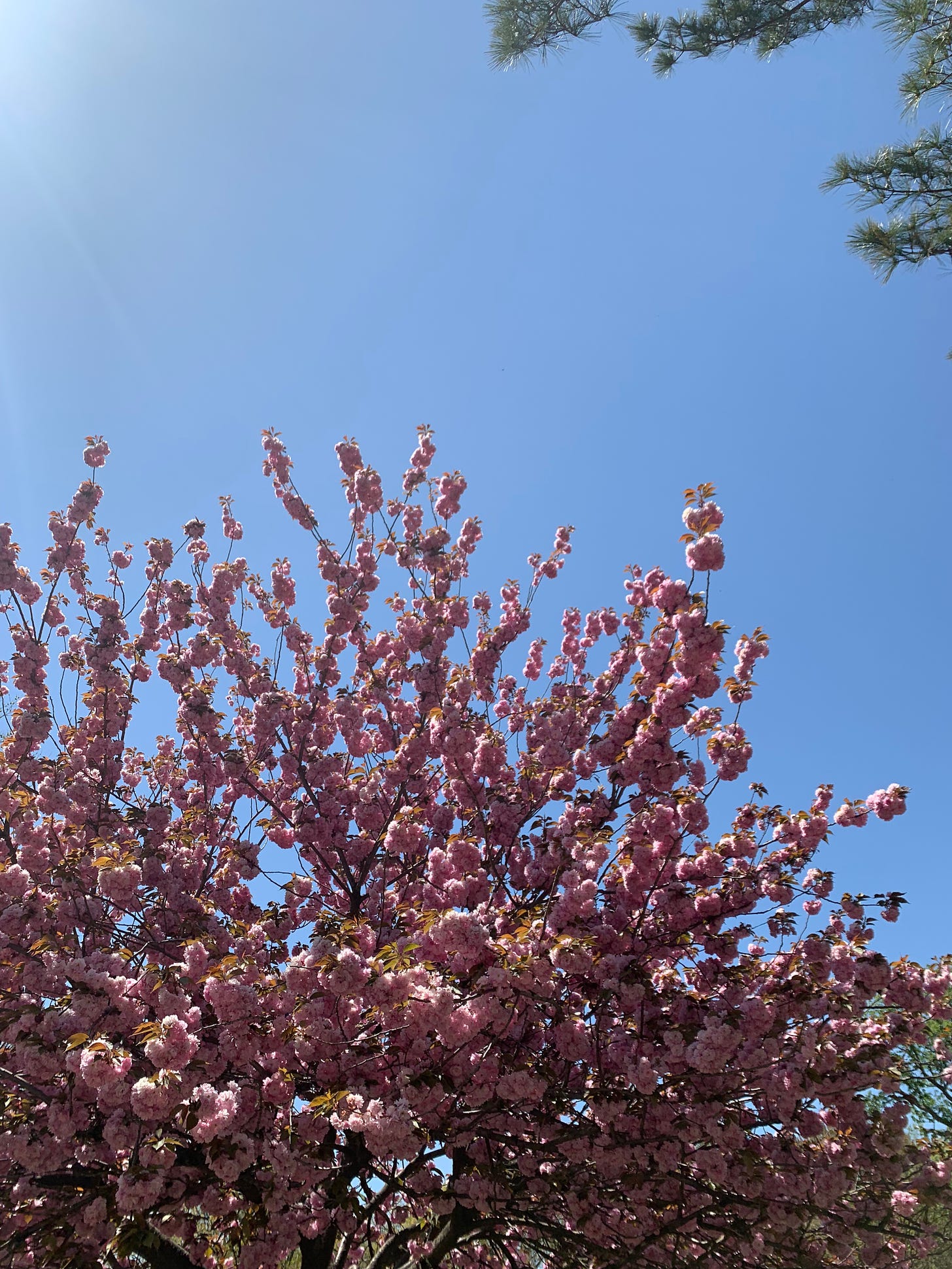I write this with the news of SCOTUS’s leaked decision to overturn Roe v. Wade burning heavy in my fingertips. I’m finding myself trying to skip over anger and head straight toward action, though I think both are valid and necessary. One just makes me feel better. More useful.
I’m a writer.
Words are my course of action, my vehicle for sway, and my outlet for hope.
Right now, I don’t have many. But they will come, and when they do, I want to know what I should do with them.
When art replaces politics
A couple of weeks ago, I read an article, “Swimming in It: Art and (Im)Morality,” by Jen Silverman, a playwright and novelist. (Her first novel, We Play Ourselves, is genius. I highly recommend it.) I kept the tab open, determined to use it for this week’s Ibid. I didn’t know then how applicable it would be. The following passage, in particular, has stuck with me, as I try to form a plan for what kind of art I can make that might have a positive impact on this (hard, hard, hard) world.
I think we’re laboring under a moment in which many believe that the sole function of art is to provide moral guidance.
I understand how we got here. Our politicians and leaders have for the most part abdicated responsibility on this front – not in what they say (there’s always moralizing) but in what they’re caught doing later. An entire parade of celebrities has been similarly revealed to be mouthy, handsy monsters of hypocrisy. The arts, though underfunded, have a history of being a fallback battleground for American morality. And also, always, America is obsessed with the idea of virtue. Ours is a country founded on many myths, but one of them inarguably is purity: pristine forests, clear water, virginal women, God everywhere.
Who teaches us right and wrong? Where is our compass for goodness, if not in the hands of those in charge? Silverman argues, and I agree, that the responsibility has fallen to the artists. Silly, half-hour comedies take full episodes to examine police brutality, and perhaps well they should. They have a voice. But, heavy is the head that wears the crown; and I worry (as does Jen Silverman) that our art, like our politics will become divided neatly in two, when it should be the place for nuance and empathy. The stuff of life.
A way forward
Silverman’s article is short, and filled with so much wisdom. I don’t want to plagiarize the entire thing, so please read it if you get the chance. I’ll link it again at the bottom. But, I want to leave you with one more passage.
I hope that part of what residencies and cultural institutions do is court projects whose aims are manifold and murky, slippery and tricky, artists who are trying to figure out how to ask the hard questions, instead of being prepared to package and sell the “right” answers. Not because there is equal value in all forms of provocation – some are successful inquiries into our hidden natures and some are the artistic equivalent of gum in your hair – but because by valuing what disarms and unsettles over self-congratulatory moral binaries, we treat art as something that can truthfully reflect – and therefore change – our lives.
Goodness gracious. I don’t know what I’m going to create to combat this moment in our history, to combat the feeling I woke up with. But whatever it is, I know that it will — must — skirt the line between what we’ve deemed “Good” and “Bad,” to try to get at something authentic. Something with power.
An invitation
So you, too, can grapple with the hard questions. Here’s Jen Silverman’s article, once more.
Ps. Here is a resource for abortion funds you can donate to.



